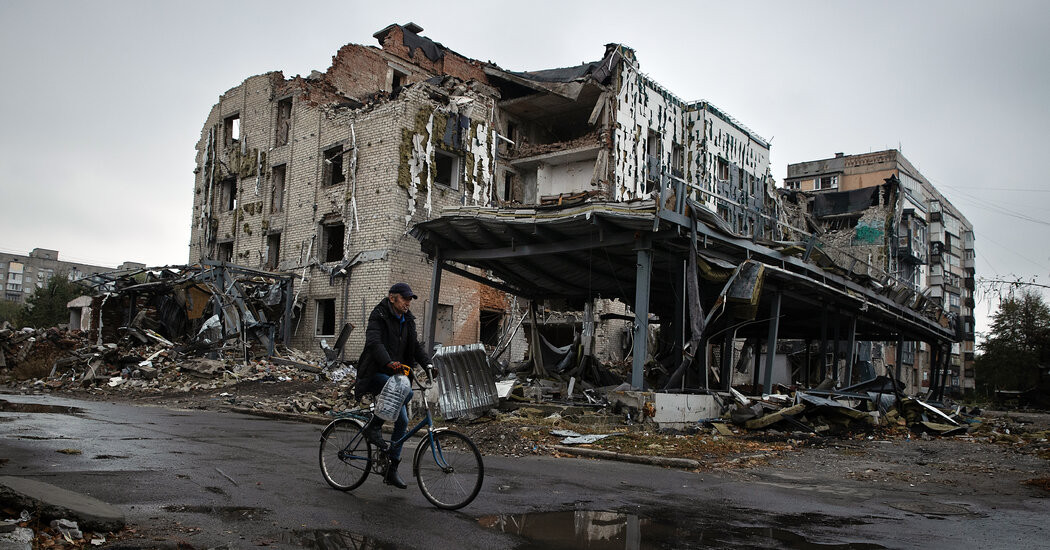

After World War I, Germany, which had invaded Belgium, had to fork over billions to cover the damages the war had caused.
The end of World War II saw Japan, after invading the Philippines, forced to pay reparations.
But as President Trump tries to end Russia’s invasion of Ukraine, he has flipped traditional U.S. foreign policy upside down in demanding that the invaded, not the invader, pay up.
On Friday, Mr. Trump and President Volodymyr Zelensky of Ukraine are set to sign a deal enabling the United States to share in the country’s mineral wealth, a move Mr. Trump has portrayed as payback for the aid American taxpayers have supplied the war-torn nation. Mr. Trump insisted that the United States would not be providing security guarantees to Ukraine in return.
The deal may prove beneficial in some regards to Ukraine, because becoming more economically intertwined with the United States could provide its own signal of protection. But it underscores Mr. Trump’s impulse to squeeze even America’s traditional allies as he applies his transactional approach to foreign policy.
“By definition, allies and partners tend to be dependent on us for part or most of their security, and they tend to be economically involved with us,” said Richard N. Haass, the former president of the Council on Foreign Relations and an adviser for former Secretary of State Colin L. Powell. “And what the Trump administration has done is turn that into a liability.”
The United States has traditionally aided its allies under the premise that doing so helped create a more orderly world. Mr. Haass pointed to America’s involvement in producing arms for the allied countries in World War II, the Marshall Plan and the defeat of the Iraqi invasion of Kuwait.